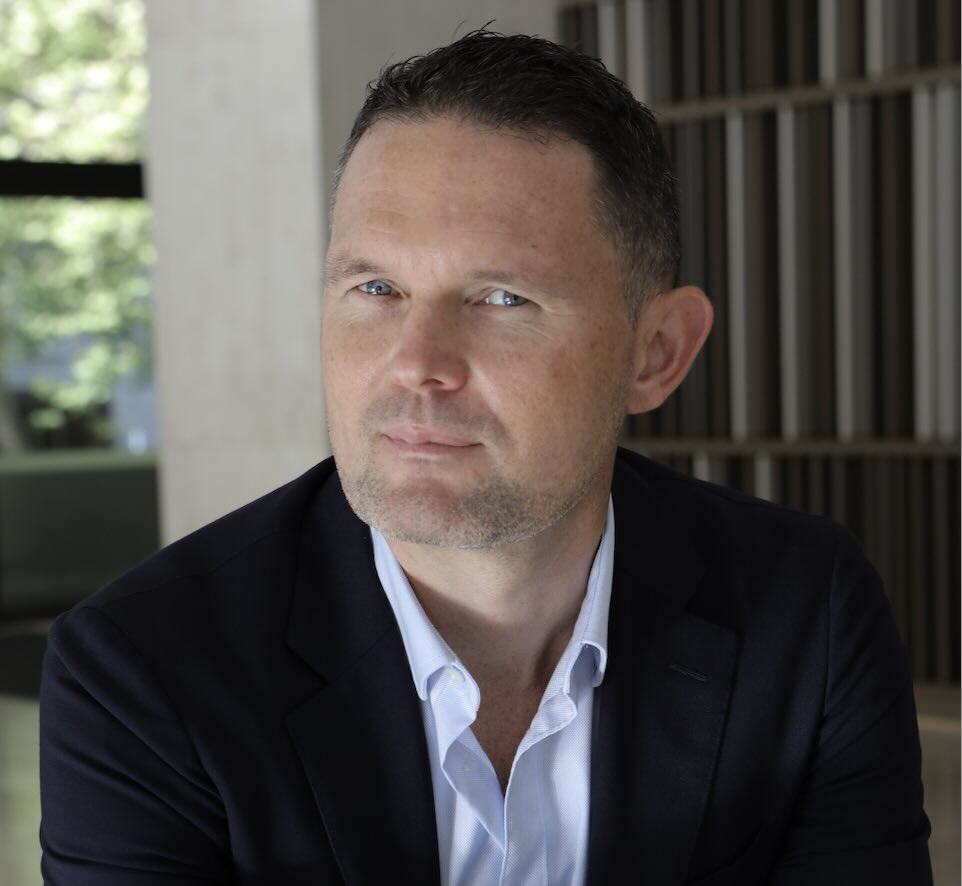Australia’s healthcare system is at a crossroads. An ageing population, rising demand for services, and a workforce under strain have created an urgent need for innovation. Hospitals and health services are being asked to do more with less – without compromising patient outcomes.

Automation is fast emerging as a powerful answer, not merely as a back-office efficiency tool but now as a frontline enabler that empowers clinicians, administrators and patients by removing unnecessary friction from care delivery.
Gold Coast Health: Proving the model
A compelling example of this transformation is happening at Gold Coast Health, one of Queensland’s largest public healthcare providers. Serving a rapidly growing population across more than 20 facilities, including Gold Coast University Hospital and Robina Hospital, Gold Coast Health recognised that to improve patient care it needed to address the invisible burden of manual, repetitive administrative work.
Gold Coast Health realised a clear need to embrace and scale automation so that it could establish a futuristic model for healthcare. As a result of automating administrative processes Gold Coast Health has been able to:
- Return over 40,000 administrative hours annually back to frontline patient care
- Achieve a 99.8% improvement in clinical image processing – from 19 hours to just 15 minutes.
- Introduce 24/7 automated processing, ensuring patient referrals and imaging data are available in real time, reducing clinical delays.
As Kirsten Hinze, Senior Director of Digital Experience at Gold Coast Health, explains: “By automating repetitive administrative tasks, such as transferring data between referrals, wait lists and appointments, our health service can increase operational efficiency and better allocate resources, ultimately improving patient outcomes.”
Connecting the unconnectable
Through intelligent automation, Gold Coast Health can “connect the unconnectable” by integrating previously siloed patient management systems to streamline referral handling, appointment scheduling and clinical workflows.
And the results are not just operational. Staff experience has also improved and organisational resilience has increased. For example, automation has accurately and reliably processed patient referrals when staff haven’t been able to be on site due to events such as ex-Tropical Cyclone Alfred. Just as importantly, patients are seeing faster, more responsive care due to more streamlined administrative processes.
Blueprint for Australian healthcare
Gold Coast Health’s success offers a clear blueprint for other healthcare providers across the nation. The lesson is that automation has a clear and valuable role to play in giving time back to people so they can focus on more strategic and relational tasks. When clinicians are freed from manual data entry or chasing paperwork, they can focus on what matters most: patients.
This is exactly where the future of automation is headed – a new era where people, AI, and automation work together seamlessly to deliver better organisational and societal outcomes.
In the United States, automation has already saved healthcare workers over 2 billion hours of administrative work. Analyst IDC predicts that, globally, the sector could save US$382 billion by 2027 through intelligent automation. With the right strategy, Australia can take a lead in realising this potential.
Looking forward
Healthcare leaders today face a choice: continue operating within systems that are stretched to breaking point, or embrace automation to build a more sustainable, patient-centred future.
Gold Coast Health is a clear example of where this is working for the benefit of staff, patients and the bottom line. UiPath is committed to helping more healthcare organisations like Gold Coast Health accelerate this journey. The results are clear: fewer delays, more engaged staff, significant efficiency gains, and most importantly, better patient outcomes.
Automation is no longer a back-office convenience, it is setting the new standard for healthcare delivery in Australia.






